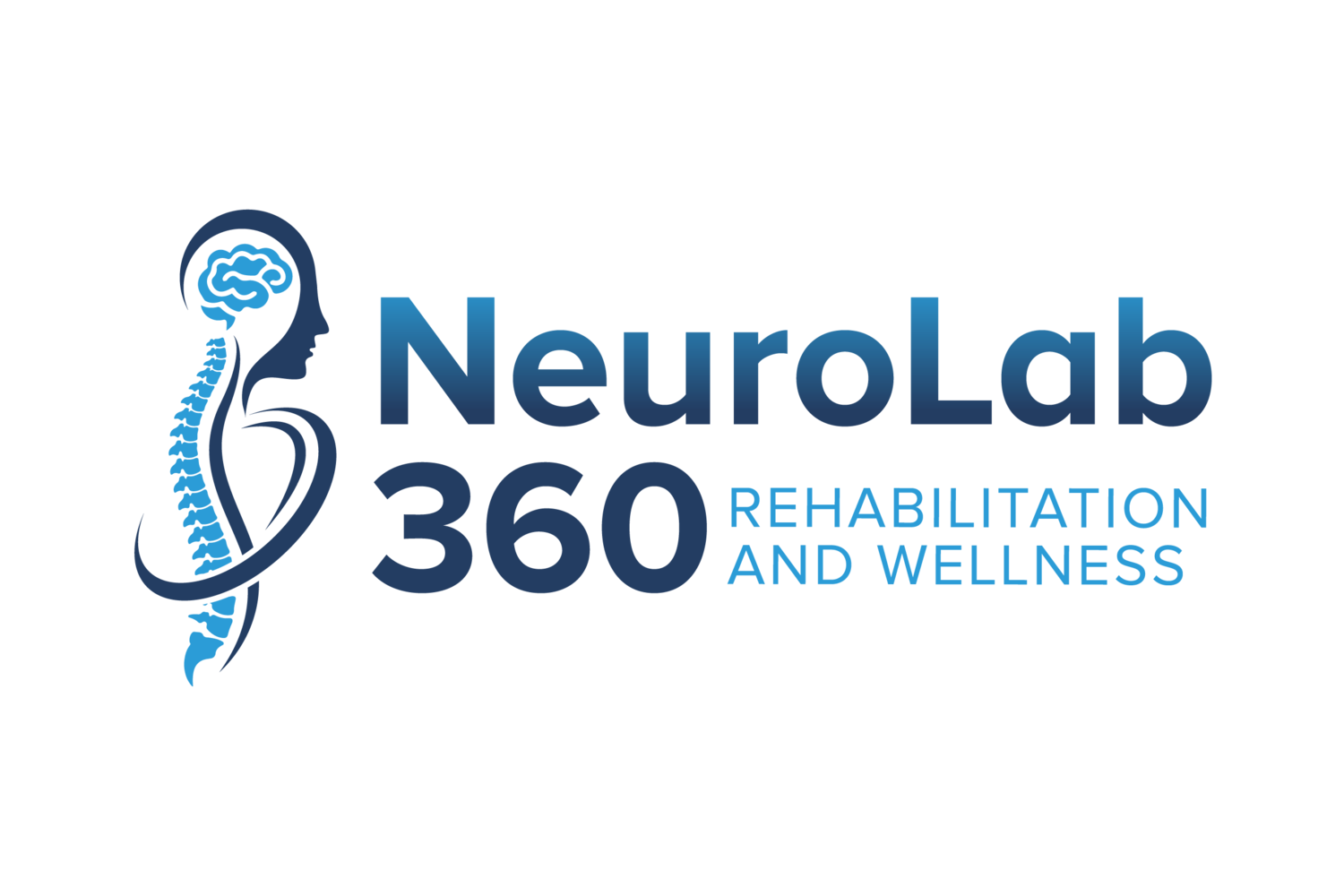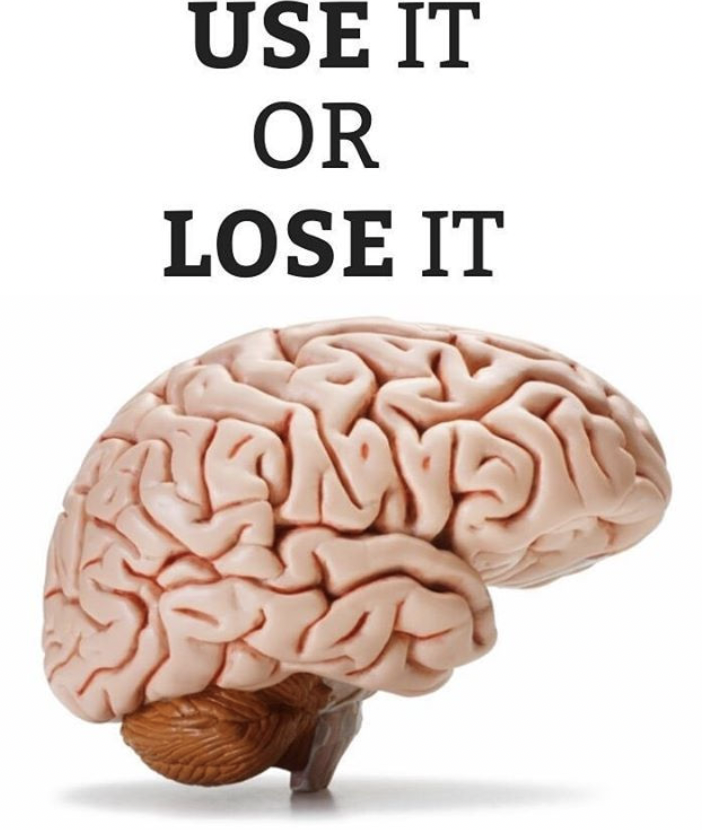Principles of Neuroplasticity: Use it or Lose it
In our previous blog post we discussed Neuroplasticity including what it is and why it is important for rehabilitation and recovery following neurologic injury. In this post, we will discuss the first principle of neuroplasticity: Use it or lose it.
The principle use it or lose it explains how neural circuits that are not actively engaged in performing tasks for an extended period of time begin to degrade. Quite literally, this means if we do not use an area of our brain for a prolonged time, we will lose the function that was previously stored there. For example, if an individual were to have a stroke on the right side of their brain, they may lose some function in their left arm. If because it is more difficult to complete tasks with their left arm, they simply use their right arm for all tasks to compensate, their brain will reorganize so that less space is dedicated to the function of the left arm thus limiting potential for recovery.
This principle was first demonstrated in animal studies by Hubel and Wiesel in the 1960s. They performed experiments where they deprived a kitten’s eye of light and found that this resulted in a reduced number of neurons in the visual cortex of the brain that responded to light. Similar results were found in another study involving owl monkeys. Researchers removed a single digit (poor monkeys!) and they found that after 2-9 months, the neurons in the brain that were previously responsive to this removed digit has reorganized and become responsive to the adjacent digits and skin surfaces of the palm instead.
Another interesting finding is that deprivation of one sensory modality (for example vision in someone that is blind) may cause the corresponding area of the brain to be taken over by another sensory modality (such as tactile sensation to read braille). It has also been demonstrated that in individuals who are deaf, the area of the brain that should control hearing actually lights up in response to visual stimuli.
This use it or lose it principle is very important for rehabilitation. We know that failing to engage an area of the brain due to lack of use may lead to further decline in function. A good example of this was proposed by Robbins et al, 2007 who reported that tube feeding may lead to disuse of the brain circuitry involved in swallowing, which may then lead to a further loss of swallowing function making recovery more challenging.
Some therapy approaches have been developed specifically with this principle in mind. For example, a therapist may recommend Constraint Induced Therapy especially in individuals who have suffered from a stroke. This is where the non-impaired side is constrained for a period of time in order to force the impaired side to perform functional tasks as much as possible. As neurologic physical therapists, we consider the use it or lose it principle of neuroplasticity in all of our treatment sessions. It is important to continue to work on using and improving function of an impaired limb, muscle, skill etc so that this function is not lost due to cortical reorganization.
Stay tuned for our blog post next week where we will discuss the second principle of neuroplasticity: Use it and improve it!
Kleim, JA &Jones TA, 2008. Principles of exercise-dependent neural plasticity: Implications for rehabilitation after brain damage. Journal of Speech and Hearing Research (51): 225-239.

